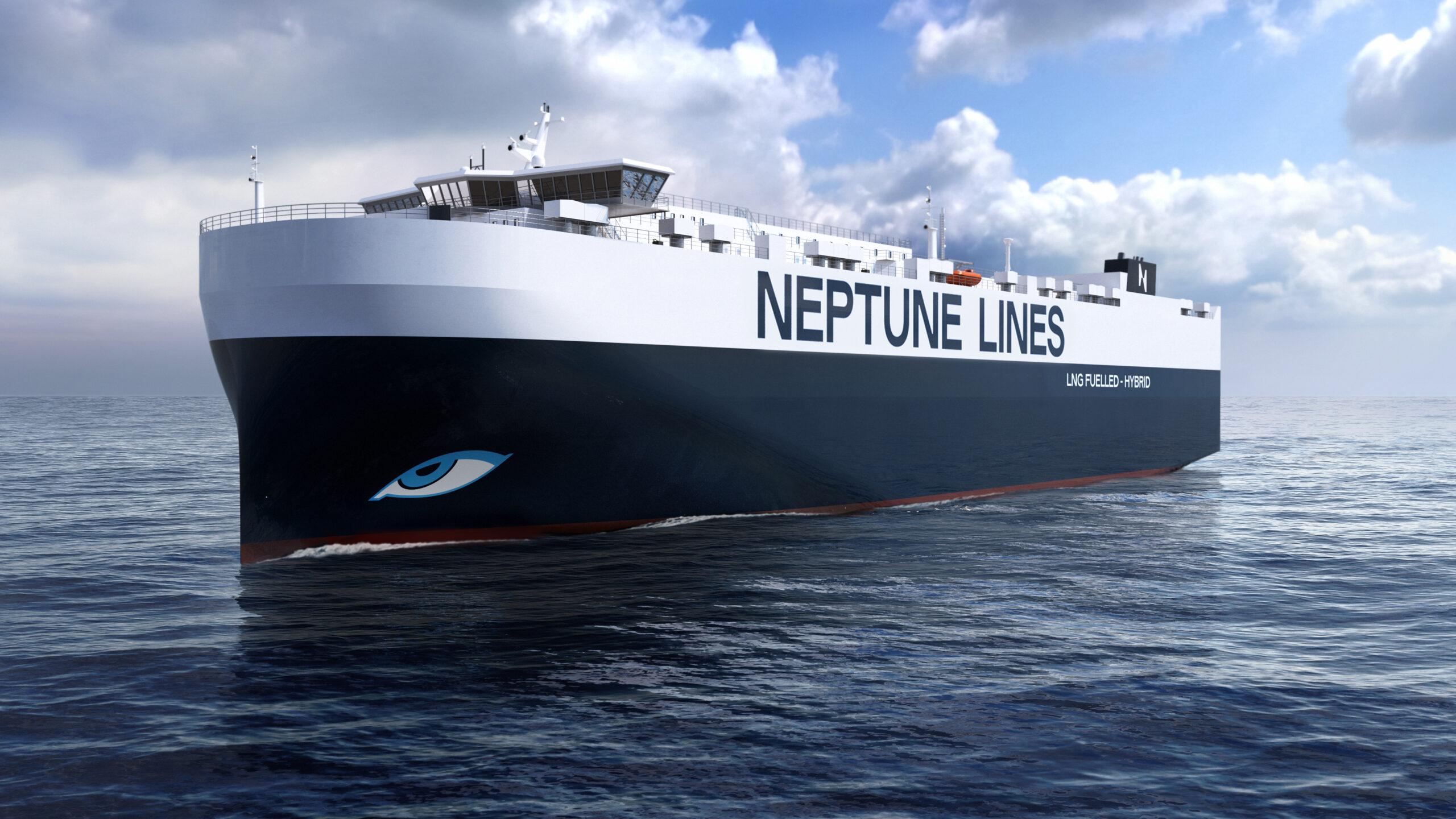New cutting-edge solutions for data gathering and analysis are paving the way to more efficient ship operations, but a wealth of data created during shipbuilding is not used because the methods of data collection and verification that could enhance business decision making remain lacking.
The lack of infrastructure for conducting Big Data analytics in the shipbuilding phase is mainly due to the complexity of vessel construction, with many types and formats of data being provided from multiple entities and often stored in different filing systems.
To encourage design transparency throughout the life of vessels, the new SOLAS regulation II-1/3-10 entered into force in January 2012, requiring a Ship Construction File (SCF) complying with IMO Global Based Standards (GBS) is provided by the shipyard on a new ship’s delivery and kept on board and/or ashore.
The SCF provides the vessel design and construction information needed to ensure the safety of the ship throughout its operational life. According to the guidelines for the SCF, this information must be stored on board. Other information, including the high-level intellectual property (IP) drawings belonging to the shipyards such as the yard plan, lines plan and detailed structural calculations, is kept confidential and does not need to be carried on board.
IMO’s regulations are applicable to bulk carriers and oil tankers of 150m in length and above for which the building contract is placed on or after 1 July 2016. In the absence of a building contract, the regulations apply to keels laid on or after 1 July 2017, or delivery made on or after 1 July 2020. However, IMO’s standards are expected to be expanded to other ship types and areas of safety at a later time.
In response to these developments, ClassNK established the industry’s first onshore digital archive center that fully complies with IMO-GBS requirements and the Industry Standards developed by a cross-industry group including the Shipbuilders’ Association of Japan (SAJ), BIMCO, INTERTANKO and INTERCARGO.
Developed in collaboration with SAJ, in 2011 ClassNK partnered with IBM and utilised its innovative and secure cloud-based technology to develop a new tool for the storage and management of ships’ drawings and other electronic documents. Being certified according to the Information Security Management Systems (ISMS, ISO/IEC 27001:2013), the resulting Archive was completed and became available in July 2016, when the GBS started to apply.
“Considering the vast amount of data currently being generated in a shipbuilding environment, and given the growing need for a secure onshore Center to store highly confidential information, ClassNK responded with a neutral and independent platform that enables secured access to all ship drawings”, says Mitsuhiko Kidogawa, Director of ClassNK’s Plan Approval Division.
The Archive simplifies the storage of important files by offering a paperless, user-friendly way to manage drawings. Rather than sifting through multiple files manually, information can be quickly and easily found using the Archive Center’s search function. In addition, the Archive enables effective communication between shipbuilders, shipowners and ship management companies by bringing them all under one umbrella and providing a central resource through which files can be exchanged.
To ensure confidentiality of intellectual property (IP), shipbuilders can set the desired IP security levels for each drawing. High IP-level drawings such as the lines plan are only stored ashore in the Archive Center and, as a rule, the shipowner is required to ask the Archive Center for permission to access these files. The Archive Center then notifies the IP-holder (shipbuilder and/or equipment manufacturer) of the request.
All other drawings are stored on SD cards with appropriate security (IC-ID card authentication etc.) and provided to the shipowner for onboard use. The shipowner can also access the onboard SCF via the internet 24/7, 365 days a year. Electronic access to all SCF documents stored onboard is logged by the operating system and recorded at the end of each session for secure storage, with the access log being encrypted and accessible only by the shipowner. IBM’s Intrusion Prevention System acts as a further barrier for unauthorised access to the cloud database.
“As the first platform of its kind in the maritime industry to meet the essential requirements of IMO’s GBS, ClassNK Archive Center is expected to be very attractive to owners of newbuilding bulk carriers and tankers”, says Kidogawa. “It will offer them a pragmatic way to comply with the new SOLAS regulation, whilst protecting their own property rights as well as providing easy access to information”, he added.
Ship Efficiency Review News
To contact the reporter responsible for this article, please email editor@fathom-mi.com

































